This Forum will close on Wednesday 27 March, 2024. Please refer to the announcement on the Discussions page for further detail.
Himalayan Honeysuckle - mould
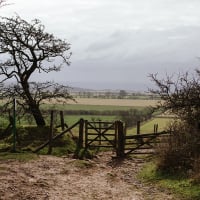 KarolinaW
Posts: 24
KarolinaW
Posts: 24
Hello!
My Himalayan Honeysuckle is not looking good. For a few years it was badly pruned. Now I noticed mould/rot looking like things at the base and a couple of older branches.
I'm planning to give it a big prune possibly next week.
Do you think it's going to survive? Should I do something else?
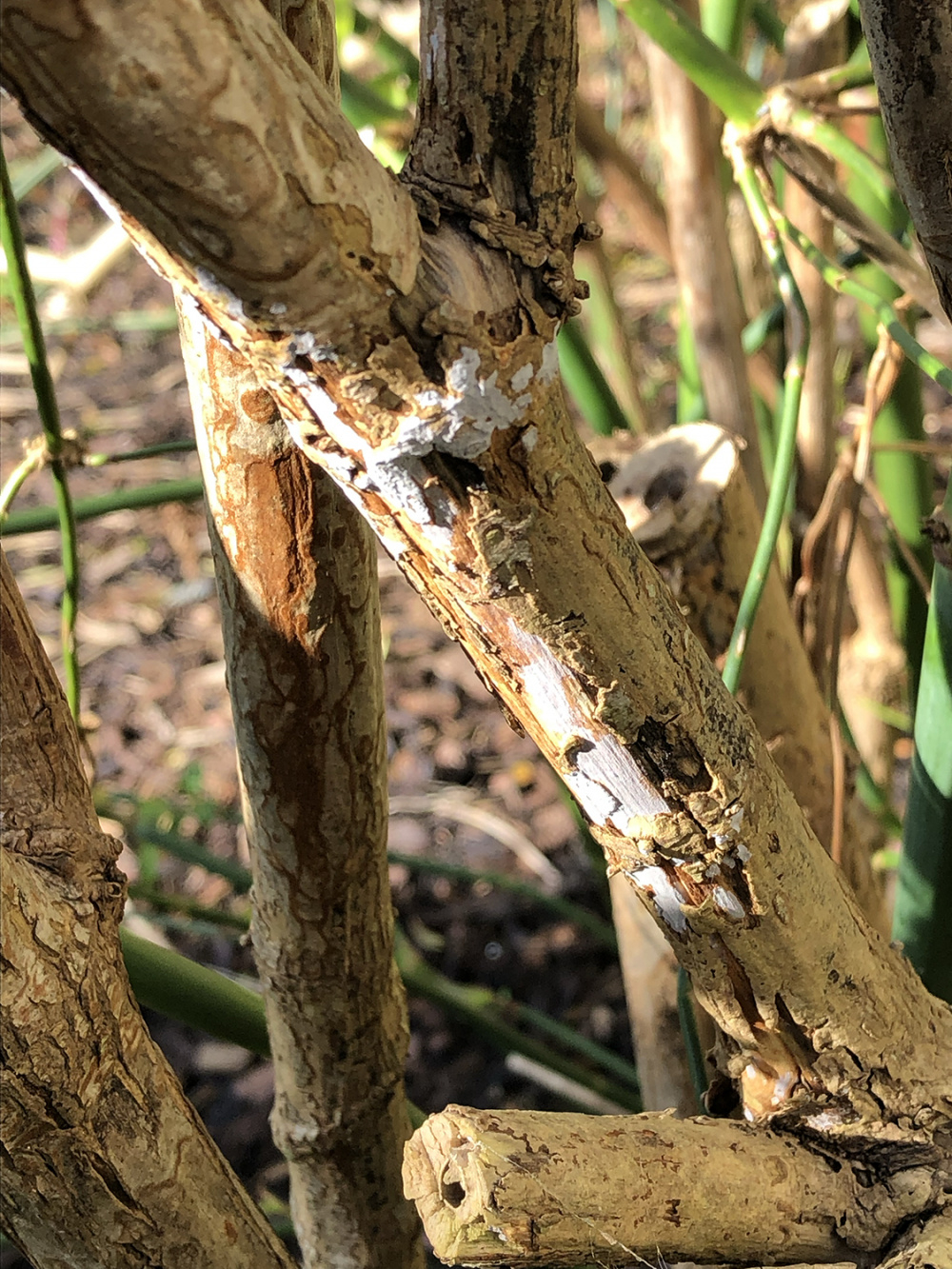
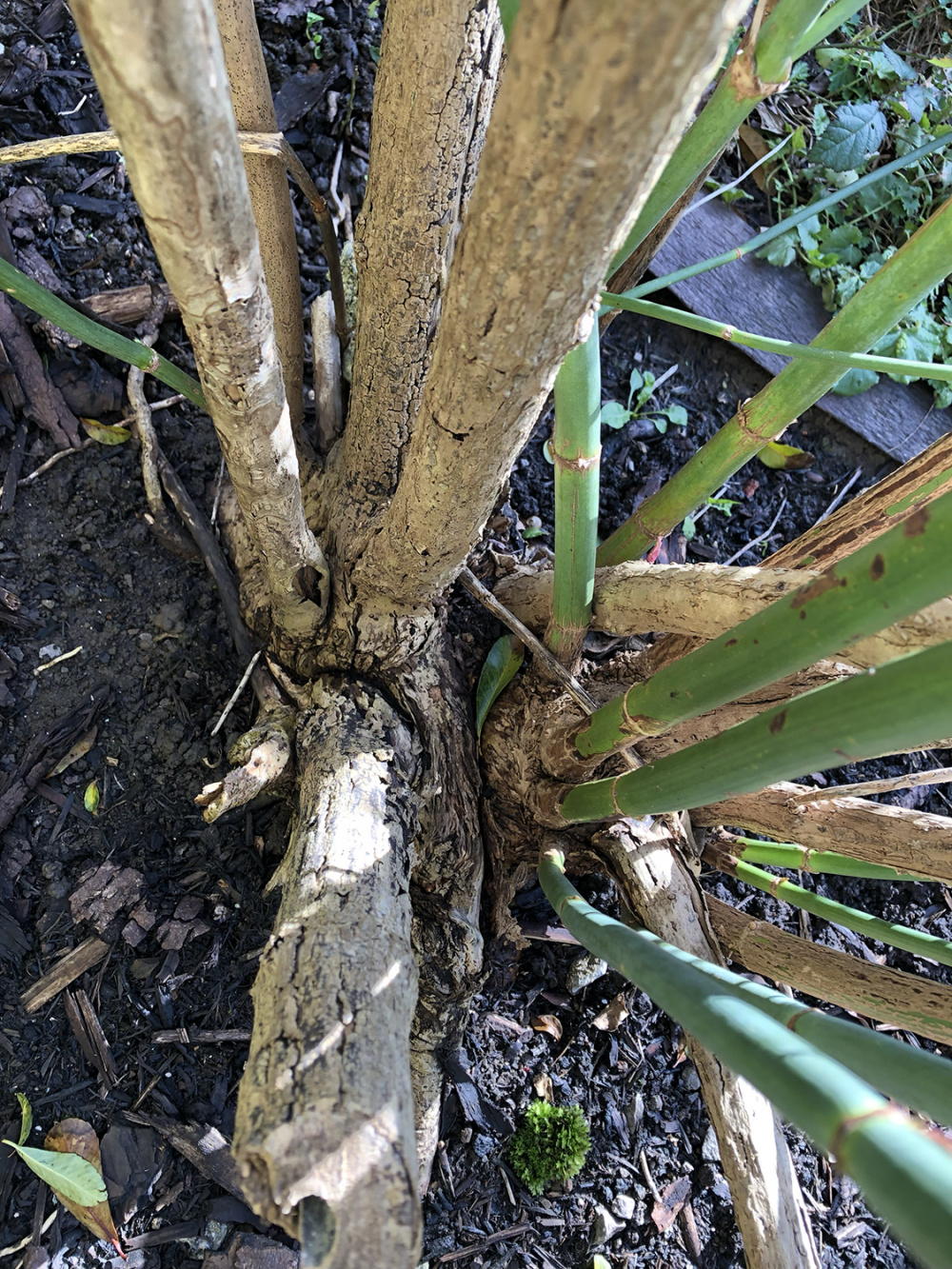
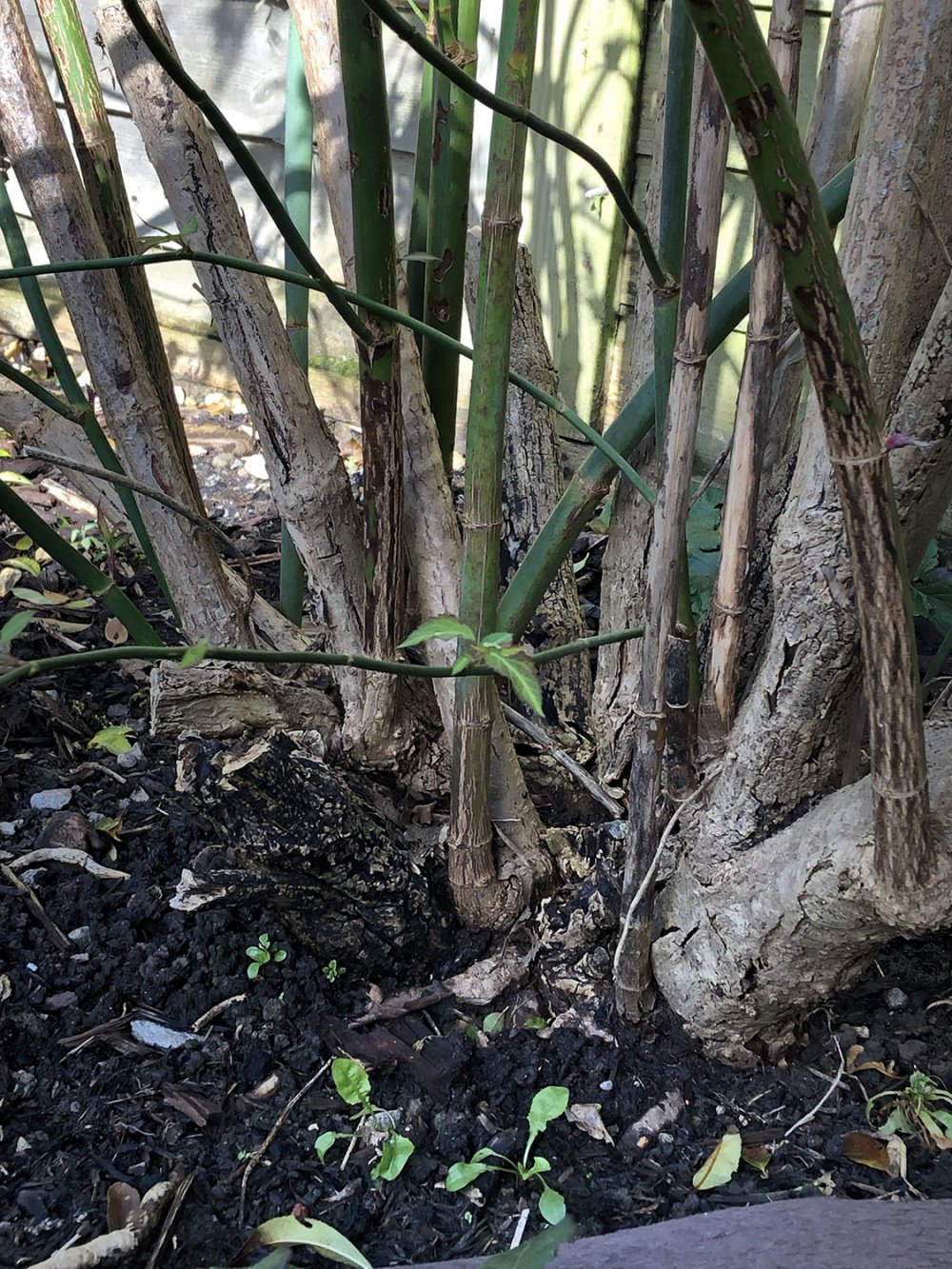
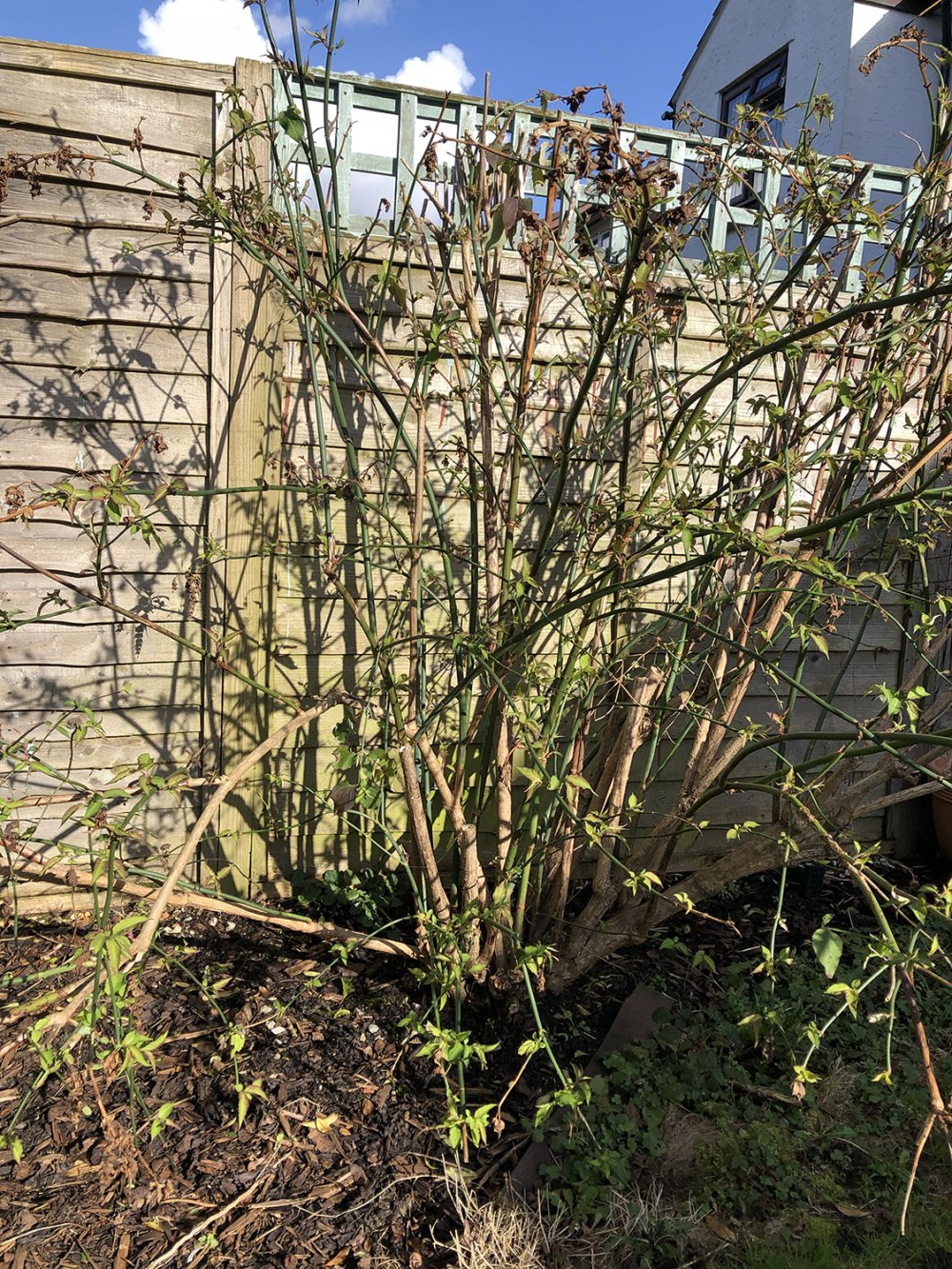
My Himalayan Honeysuckle is not looking good. For a few years it was badly pruned. Now I noticed mould/rot looking like things at the base and a couple of older branches.
I'm planning to give it a big prune possibly next week.
Do you think it's going to survive? Should I do something else?




0
Posts
If it is on stems connected to those with new growth then I would just cut these out during the prunning process.